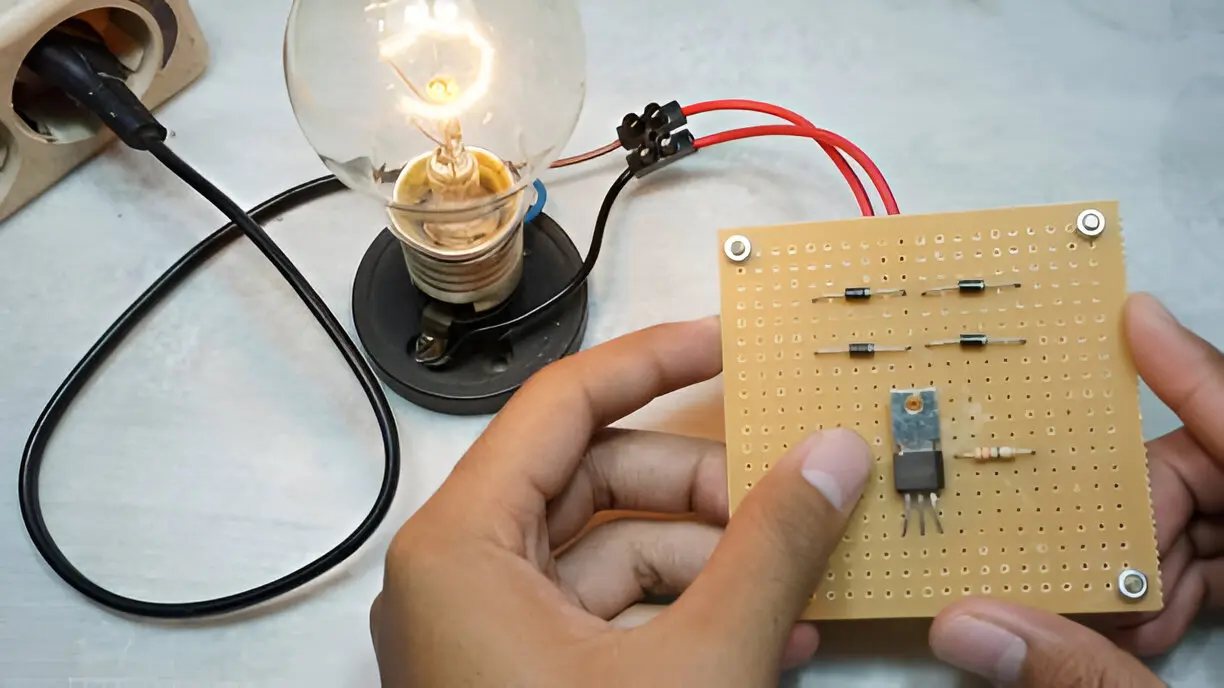In modern electronics, efficient power management is a key factor in designing reliable and high-performance systems. One component that plays a critical role in this arena is the buck converter. Among the various options available, the 4.5-V to 17-V, 8-A synchronous SWIFT™ buck converter stands out due to its exceptional performance characteristics. This article explores the advantages of using a SWIFT buck converter, highlighting its features like fast transient response, high efficiency, and overall design benefits that make it an ideal choice for demanding applications.
Understanding the SWIFT Buck Converter
A buck converter refers to a DC-DC converter that steps down voltage from an elevated level to a lower level while transferring power efficiently. The 4.5-V to 17-V, 8-A synchronous SWIFT™ buck converter is designed to support input voltages from 4.5 volts to 17 volts and deliver output currents of up to 8 amps. This range is suitable for multiple applications in embedded systems, communications equipment, and industrial electronics.
The phrase “synchronous” in the converter’s name also highlights that it is the synchronous rectification design technology-a method of utilizing MOSFETs instead of common diodes to improve the overall circuit conduction and efficiency. The “SWIFT™” branding stands for its unique architecture developed and patented by the company which provides optimal switching speed and response time thereby offering a significant benefit in comparison to standard buck converter models.
Fast Transient Response: Meeting Dynamic Load Demands
One of the standout features of the 4.5-V to 17-V, 8-A synchronous SWIFT™ buck converter is its fast transient response. Transient response refers to the converter’s ability to quickly adjust its output voltage in response to rapid changes in load current. This is crucial in systems where components like microprocessors or communication modules experience sudden shifts in power demand.
The SWIFT buck converter excels in this area by minimizing voltage overshoot and undershoot during these transitions, ensuring the power supply remains stable and consistent. This stability reduces the risk of malfunction or data errors caused by voltage fluctuations.
In practical terms, a fast transient response means systems can operate more reliably at higher speeds and with greater complexity, without the need for large output capacitors or additional filtering components. This capability makes the 4.5-V to 17-V, 8-A synchronous SWIFT™ buck converter highly suitable for modern electronics that demand fast and precise power delivery.
High Efficiency: Reducing Power Loss and Heat
Efficiency is a critical metric in power conversion, especially in battery-powered or thermally constrained environments. The 4.5-V to 17-V, 8-A synchronous SWIFT™ buck converter achieves high efficiency through its synchronous design and optimized switching strategy.
The freewheeling path in traditional buck converters is created by diodes, which can introduce voltage drops and result in inefficient power delivery. The SWIFT buck converter uses synchronous MOSFETs instead of diodes, which makes it more efficient as these are the only losses that will cause it to operate in the superheated zone. This is because they are not parasitic means that they can work above 90% of the power. less energy, therefore, need to be consumed in the operating devices and less heat is emitted in the whole system, which makes it much easier to deal with heat sinks.
Also, it is the feature of the synchronous SWIFT™ buck converter that the state-of-the-art control techniques are implemented to achieve the best efficiency across a large load range from light to heavy duty. The outstanding feature of this product is the fact that its operation range is from 4.5 V to 17 V and that it has an 8 A output, which makes the device quite popular among the users.
Space-Efficient Design and Integration Pros
The 4.5-V to 17-V, 8-A synchronous SWIFT™ buck converter is a product whose architecture is built on possibilities for being compact and integrated. The switching is done in an optimized way that it will be quite rapid so the size of the external elements such as inductors and capacitors, and others, is reduced which in turn leads to a decrease in the overall footprint on the PCB.
Miniaturization which is a part of the compactness is the issue of many electronic devices today since they are very limited in space but they also have very high expectations in performance. They are becoming an even more critical piece of electronic equipment that space has become a problem for, with designers reaping benefits from complexity reduction and improved reliability from shutdowns that weren´t part of the discussion.
Dependable Protection and Control Features
In addition to high-performance metrics, the 4.5-V to 17-V, 8-A synchronous SWIFT™ buck converter also features indispensable protection features like overcurrent protection, thermal shutdown, and undervoltage lockout. These features help maintain operational safety when various fault conditions occur, thus safeguarding the converter and subsequent circuit paths.
Furthermore, with its control logic, the unit is programmed to have a smooth start-up and shutdown that lowers the stress on the power supply and on the components that are connected. The integration of all these features makes the SWIFT buck converter reliable and very easy to use.
Applications That Benefit from SWIFT Buck Converters
The combination of fast transient response, high efficiency, and compactness makes the 4.5-V to 17-V, 8-A synchronous SWIFT™ buck converter a perfect choice for an extensive range of applications like industrial automation systems, telecommunications infrastructure, medical devices, and battery-operated devices. In high-performance microprocessor power supplies, fast load changes are significant. In contrast, for battery-operated and wearable devices, it is crucial to maximize battery life while the output voltage remains stable. To achieve this, the SWIFT buck converter is on the scene in style and enables the designers to use this authority excellently.
Summary
The 4.5-V to 17-V, 8-A synchronous SWIFT™ buck converter is a far cry from the classic buck converters. It has an incredibly fast transient response, which means that it can deliver the right voltage levels even for a changing load. Its design features a synchronous structure, which gives it not only the best efficiency but also the best thermal performance. The built-in compact architecture makes system design easy and saves space.
With the powerful protection features and versatile input/output functions, the SWIFT buck converter makes a perfect fit for demanding embedded applications that need friendly, efficient, and accurate power regulation. The 4.5-V to 17-V, 8-A synchronous SWIFT™ buck converter is the one to turn to among all options in the market for engineers and designers who are searching for a DC-DC converter with outstanding performance.
Also Read- Crafting Smiles with Minimal Intervention: The Composite Bonding Advantage




